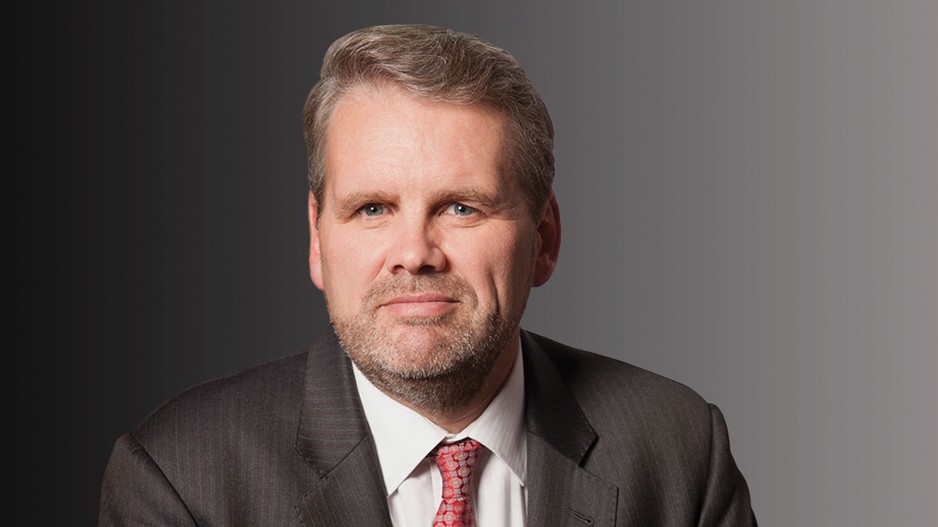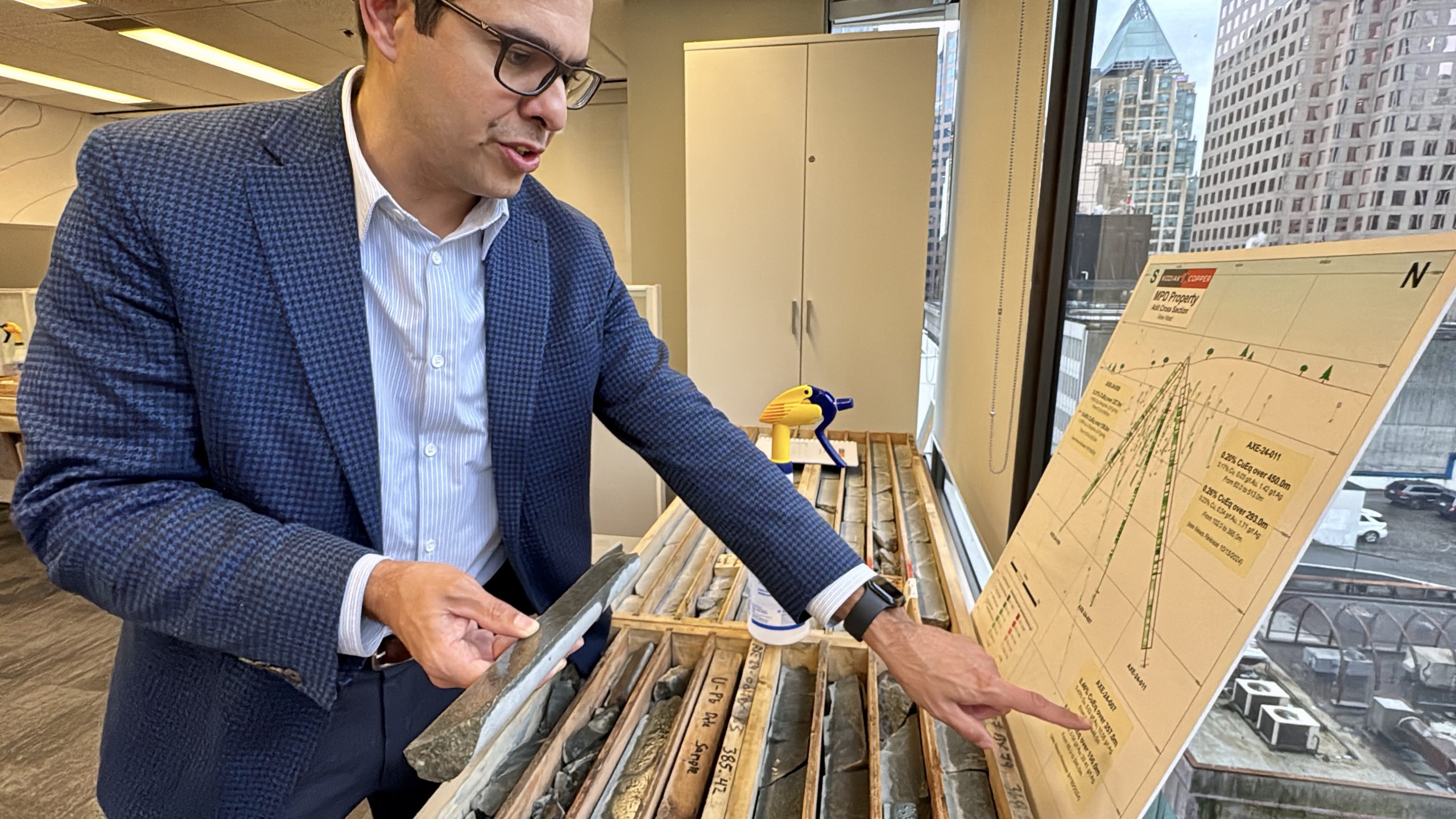INTERVIEW: Randy Smallwood, CEO, Wheaton Precious Metals

What were the factors that caused Wheaton Precious Metals’ (WPM) share price to almost double from March to May, despite the impact to production output caused by the covid-19 outbreak?
Covid-19 impacted several of the mines on which we have precious metals streams, most notably in Mexico and Peru where national directives to reduce the spread of covid-19 resulted in the temporary suspension of operations in March. Preparations to restart production came about in late May. At its peak, approximately 35% of our production was impacted in the second quarter. However, we had a very strong Q1 2020 performance with over C$177 million generated in operating cash flow – a 50% year-over-year increase. Newmont’s Peñasquito mine has been a great success, Vale’s Salobo mine continues to outperform expectations, and investors can see a strong organic growth profile for the next five years.
One of the benefits that has been recognized is the strength of the streaming model and how much exposure to gold Wheaton Precious Metals (WPM) delivers to investors without the operating cost risk.
How would you view the current sentiment surrounding the gold market?
I do not think anyone has fully grasped the economic impact and changes the pandemic will cause. This will be one of the biggest economic challenges that society has ever faced and the solution we have seen from governments is printing vast amounts of money to stimulate economies, which is bound to devalue currencies. In such a context, I cannot think of a better time for gold to perform and show that it is a constant store of value that has survived thousands of years.
What are your thoughts on current silver market dynamics, including its relation to gold and industrial uses?
The current fundamentals behind silver are even stronger than gold. I like to call it the “affordable precious metal.” Historically, silver has always lagged gold, before eventually outperforming it. However, it outperforms gold in both directions, crashing harder during a bear market, and the challenge is to identify the bottom. Silver is really driven by the retail market, and we have seen recent investment into the gold space start to make its way to silver, which we expect to gather pace. From an industrial standpoint, silver is used for high-efficiency electronics and anti-bacterial applications, and we expect demand for such applications to stay strong. WPM is now over 60% gold, but we are still very bullish on silver.
What do you think WPM does different from other players in the royalty and streaming space?
WPM is focused purely on streaming agreements. We developed the model in 2004 and truly understand the strength of precious metal streaming, which has so many advantages over royalties. This is one of the reasons why the traditional royalty companies like Franco Nevada are now also streaming, as they generate more revenue from streaming than royalties. We have had great success focusing on high-quality assets – 88% of the company’s production comes from the bottom half of the respective cost curve, which will always attract investment dollars. Our philosophy is to invest into ounces, not acres.
We were also the first among the royalty and streaming companies to direct a portion of our profits into the communities around the mines sites from which we receive precious metals. We have the strongest Community Investment Program relative to our peers.
On April 20th, WPM announced the launch of a $5 million Community Support and Response Fund to help combat the covid-19 pandemic. Can you elaborate on the company’s CSR philosophy?
Our covid-19 fund is incremental to WPM’s already active Community Investment Program that currently provides support to over 50 programs in multiple communities around the world and is in line with the philosophy we have had from day one. If we, as a resource industry, do not consider our impacts and reinvest back into the communities around us, the industry cannot be sustained long-term. WPM’s CSR activities help our partners deliver long-term, sustainable benefits to the people that are most impacted by mining operations.
I come from an operating background and have built and operated gold mines. Very early on in my career, I understood what social license was long before it became an industry buzz word. In the 1990s, I had to make royalty payments on a regular basis, and always thought these royalty companies were getting a bit of a free ride. Today, I strongly believe that everyone that is involved in the mining industry, irrespective of whether they are mine operators or streaming/royalty companies, should consider their social and environmental impacts.
As countries try to stimulate depressed economies in the wake of the pandemic, do you think the risk of nationalism will make jurisdictional stability even more important to investors?
We invest into high-margin assets with long reserve and resource lives, so we need jurisdictional stability in order to be confident in the long-term viability of an asset. The challenge I see coming is what countries are going to do to stimulate economies. We will probably see trends towards resource nationalism as governments look for ways to take a bigger piece of the pie. On the other hand, I am hopeful the drive to re-establish economic activity will help advance projects that have been in permitting stalemate. Profitable mining operations pay significant taxes, and this is a great way of kick-starting the economy without having to print currency.
In a context of higher gold prices, what role does the streaming model have in comparison to traditional forms of financing such as equity?
When prices are high in the commodity space, it is typically not a good time for us to be investing in projects. Indeed, WPM has not acquired an asset since 2018, and we went from 2010 to 2013 without making any investments into the precious metals space. While the current market reduces the probability of closing a transaction on any new assets, it allows us to reap the benefits of our current high-quality portfolio. The fact that WPM is producing over 700,000 gold equivalent ounces per year at high margins and at fixed operating costs means the entire benefit of rising gold prices gets directed back to our shareholders. We are now in what I call the early stages of the harvesting period, with a lot of room to grow.
(This article first appeared in the Global Business Reports)
{{ commodity.name }}
{{ post.title }}
{{ post.date }}

Comments